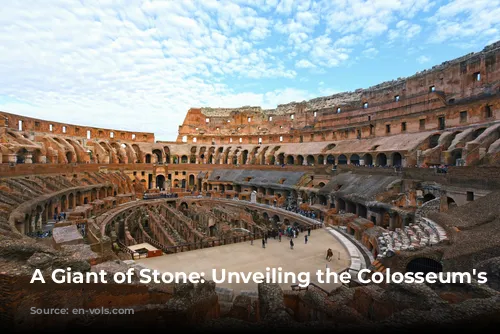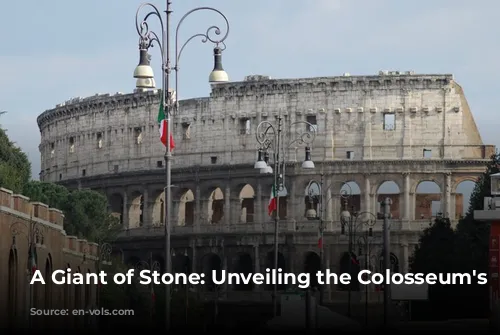The Colosseum stands as a testament to the engineering brilliance and grandeur of ancient Rome, captivating every visitor with its imposing presence. It’s one of the Eternal City’s most iconic landmarks, a must-see for anyone lucky enough to experience its awe-inspiring grandeur firsthand.
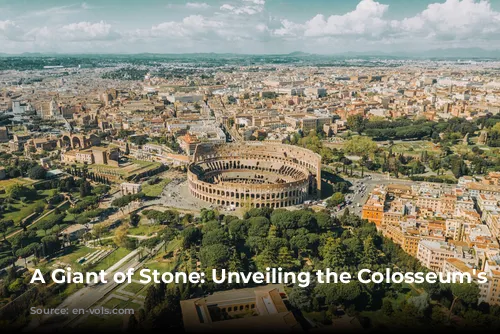
A Colossal Undertaking: From Emperor to Monument
The Colosseum’s construction began under the reign of Emperor Vespasian in 70 AD, a testament to his ambition and vision. A decade later, his son Titus completed this monumental task, solidifying the Flavian dynasty’s legacy. The Colosseum was erected on the site of an artificial lake, once a part of Emperor Nero’s lavish Domus Aurea. Initially known as the Amphitheatrum Flavium, it later acquired the name Colosseum, likely inspired by the nearby Colossus of Nero, a colossal bronze statue.
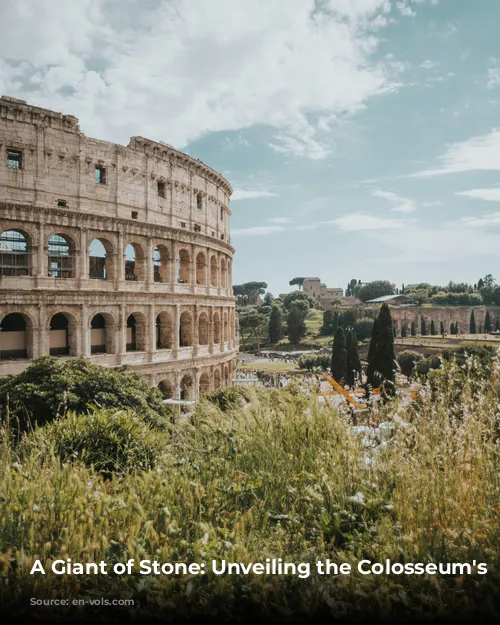
A Marvel of Engineering: Building a Roman Spectacle
The Colosseum is a masterpiece of Roman engineering, boasting a complex network of vaults and arches forming a massive oval structure. This architectural marvel reflects the Romans’ exceptional skills in construction and engineering.
The Colosseum is renowned for its sophisticated systems designed for spectator entry and exit, animal and gladiator access, and protection from the elements. The Colosseum’s sheer scale is equally impressive, being the largest Roman amphitheatre ever built. Its dimensions are staggering: 188 metres long, 156 metres wide, and 51 metres high, with three tiers of arches. This colossal structure could accommodate an estimated 50,000 to 80,000 spectators, offering a breathtaking spectacle for all who witnessed it.
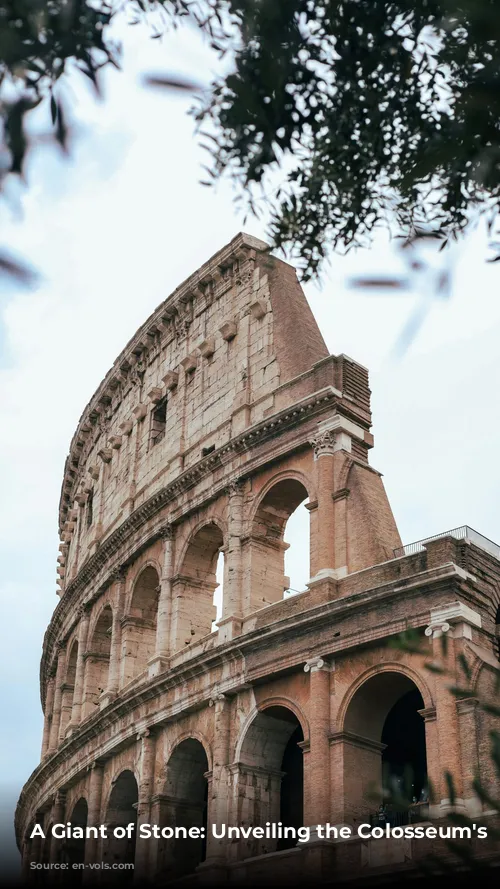
A Stage for Spectacle: The Colosseum in Action
Like all Roman amphitheatres, the Colosseum served as a stage for countless public events, including gladiator fights, wild animal hunts, and re-enactments of famous battles. The Colosseum even hosted naumachias, simulated naval battles, achieved by filling the arena with water. Hidden machinery beneath the arena floor allowed for impressive set changes and dramatic entrances for animals and gladiators.
The Colosseum was also a venue for public executions, showcasing the harsh realities of Roman society. The seating arrangement within the Colosseum reflected the rigid social hierarchy of Rome, with different sections reserved for various social classes.
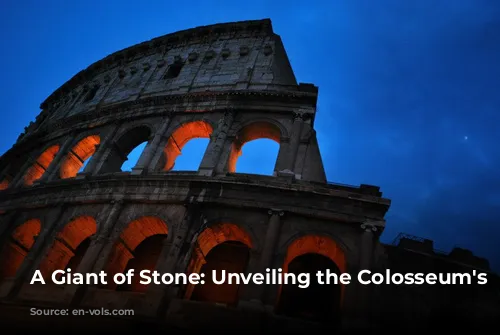
A Monument Enduring Time: The Colosseum’s Legacy
Following the fall of the Roman Empire in the 5th century AD, the Colosseum suffered significant damage, primarily from earthquakes and the plundering of its materials. The amphitheatre’s travertine, brick, and concrete were scavenged and reused for other construction projects in Rome.
During the Middle Ages, the Colosseum served various purposes. A small church and a cemetery were built within the arena, and later, it was used as a fortress for noble families. The iconic structure even housed shops and workshops.
The Colosseum’s preservation as a historic monument began in the 18th century. Numerous restoration projects, aimed at stabilizing its structure and restoring its original appearance, were undertaken.
Recognized as a UNESCO World Heritage Site in 1980, the Colosseum has become a potent symbol of ancient Rome’s legacy, attracting millions of visitors from across the globe each year. The Colosseum stands as a timeless testament to Rome’s enduring power and the enduring fascination of ancient civilizations.
